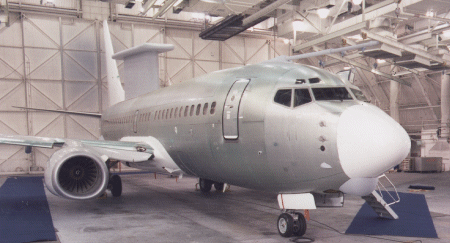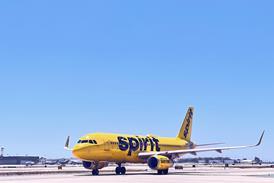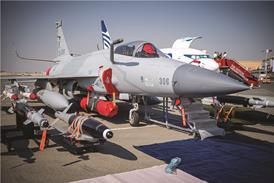Peter La Franchi/CANBERRA

Australia has become the launch customer for Boeing's mid-sized airborne early warning and control (AEW&C) system under a A$2 billion-plus ($1.3 billion) selection announced on 21 July.
Boeing will deliver the first of seven B737-700 aircraft, carrying Northrop Grumman's Multirole Electronically Scanned Array (MESA) radar, by 2004-2005.
The award is expected to put Boeing in a dominant position in the mid-sized AEW&C market and is seen by analysts as substantially bolstering the company's bid to the Turkish air force.
In the Australian contest, Boeing came in some A$300 million cheaper than rival bids from Lockheed Martin, based on a C-130J carrying a Northrop Grumman Advanced UHF Radar, and Raytheon which had proposed an Airbus A310 equipped with an Elta Phalcon radar.
Raytheon and Boeing have been shortlisted for the Turkish project, with Lockheed dropped from the competition earlier this year.
The Australian Department of Defence expects to finalise a contract with Boeing early next year. At least A$600 million of the contract is expected to be invested directly into Australian industry, including Boeing's own operations in Brisbane and Melbourne.
The construction and modification of the RAAF aircraft will be carried out by Boeing at Seattle. Boeing teaming partners in Australia include British Aerospace, providing simulators and its ALR-2001 radar warning receiver, and Qantas, undertaking aircraft maintenance. Australian Technology Information is expected to provide support for Link 16 communications systems.
In selecting Boeing, Australia has dropped previous requirements for complete releasability of source code and intellectual property from the United States.
The Chief of the Australian Air Force, Air Marshal Errol McCormack, says the USA would not be releasing full source code for the MESA radar and the on-board mission system, nor would Australia be pursuing this.
"Some of the code we wouldn't want to modify anyway. But the code we need to modify for our operations, we have been assured that we will have access to that."
Australia's stepping back from demanding full releasability is understood to follow a meeting in Washington in April between the Deputy Secretary of the Australian Defence Acquisition Organisation, Garry Jones, and US Undersecretary for Acquisition and Technology, Paul Gansler.
The Australian project saw the US Defence Threat Reduction Agency move to assess the compliance of all three contenders with US regulations controlling the release of counter-low observable technologies. Pentagon officials are concerned that Australian Government plans for local industry to play a role in the marketing and support of the 737-MESA system to other potential export customers may result in a loss of US control over new generation AEW&C technologies.
Australia confirms that it was approached by several countries seeking data on all three systems assessed by the RAAF. Air Marshal McCormack, those nations include Singapore, which operates Northrop Grumman E-2C. Turkey and South Korea have also sought access to data. South Korean made approaches to Australia early last year. That request prompted the USA to ask Australia to restrict the level of information to third parties.
Source: Flight International























